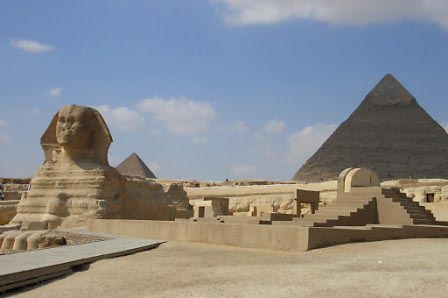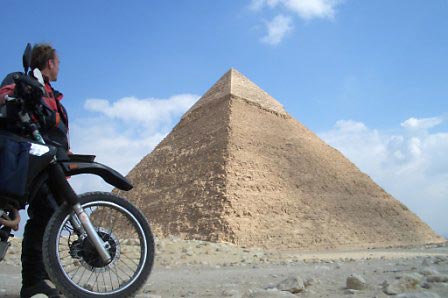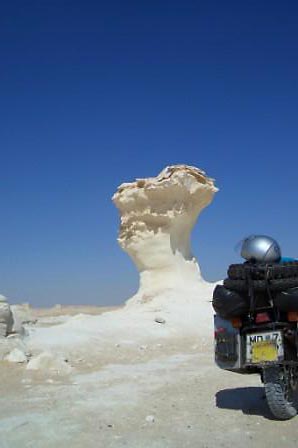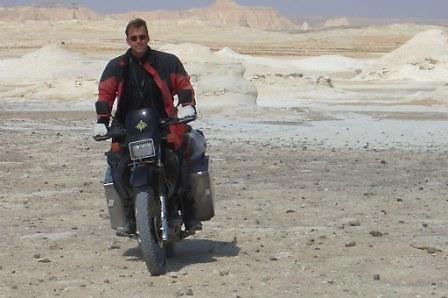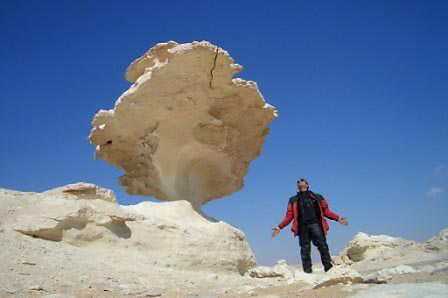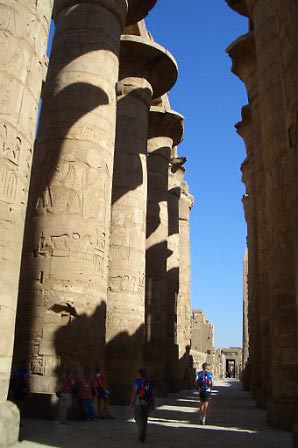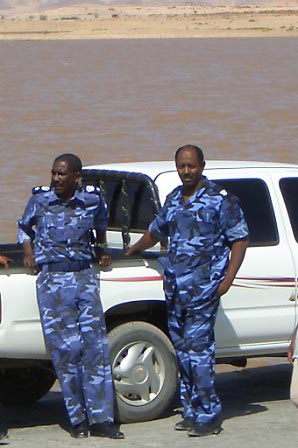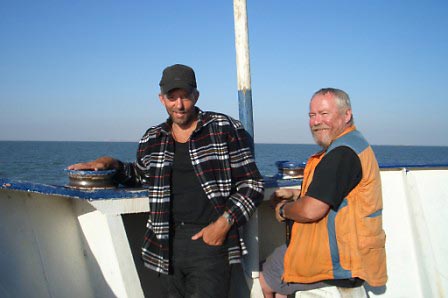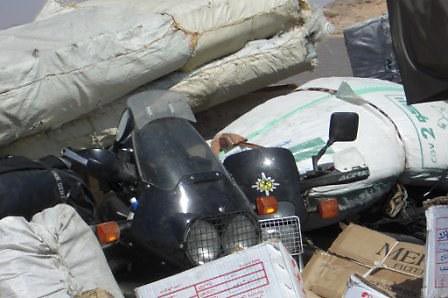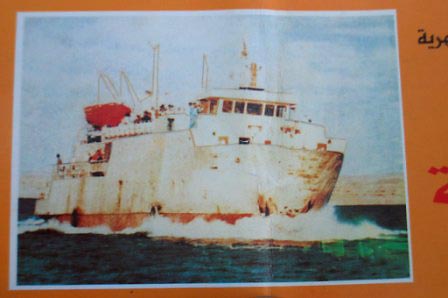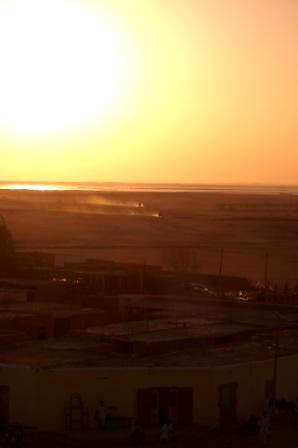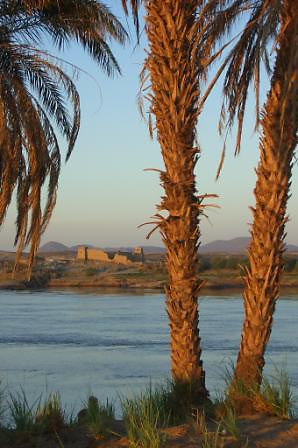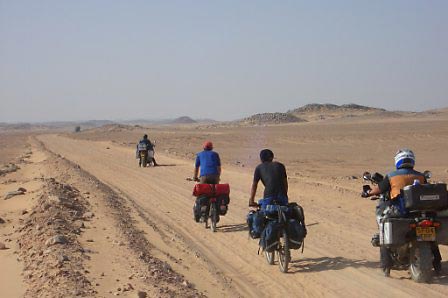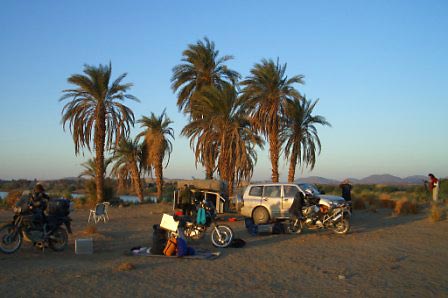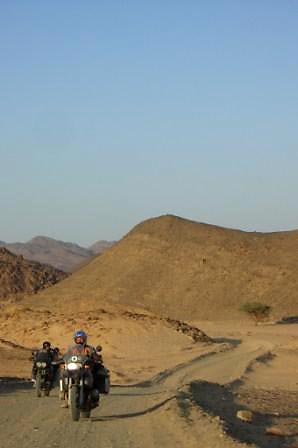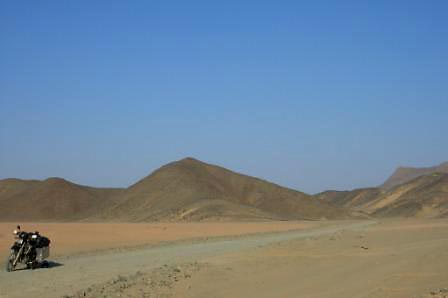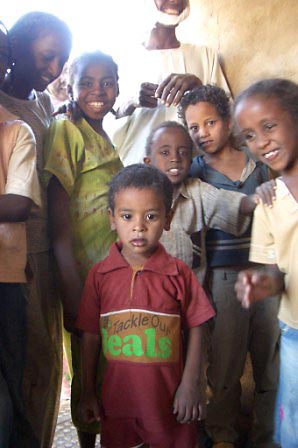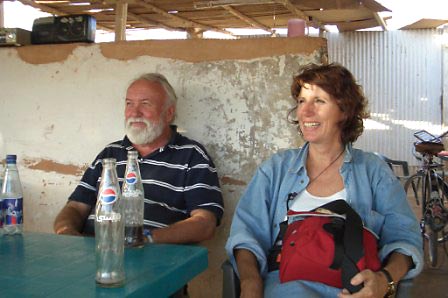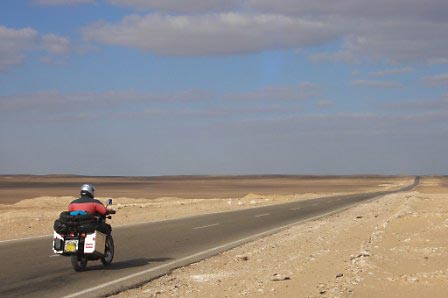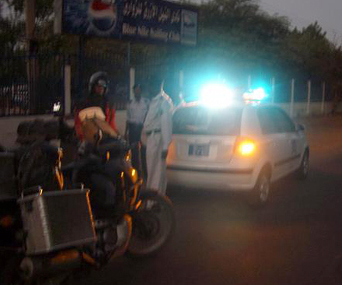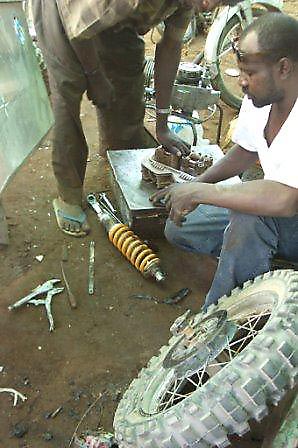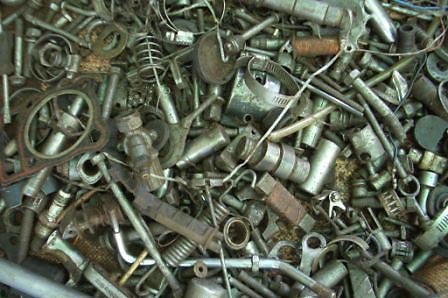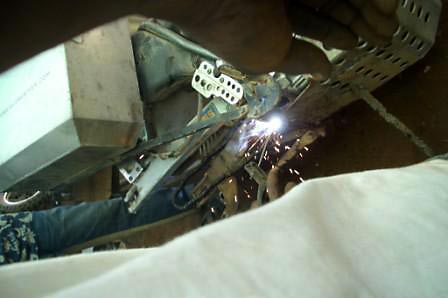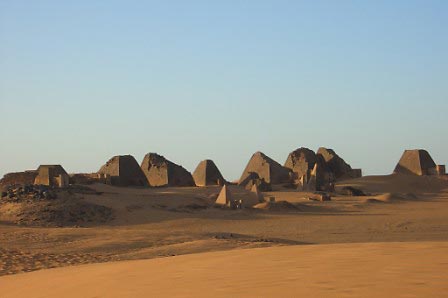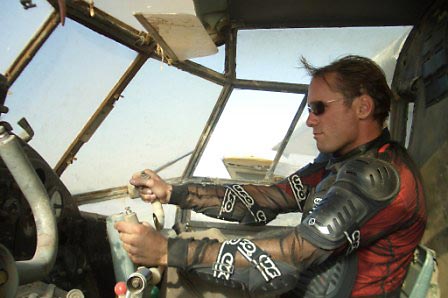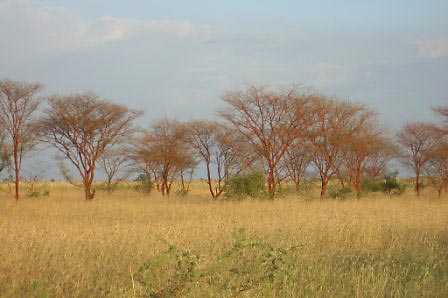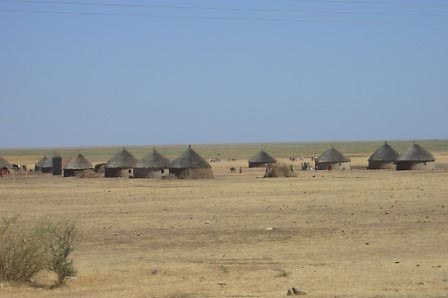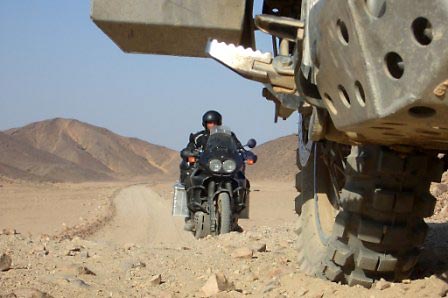|
|
2. KEEP ON DRIVING ALONG THE NILE from
Cairo to Ethiopia, 21 October to 5 November To make it a little more amusing: because of ramadan, in the afternoon the drivers are already pretty hungry and dehydrated. With an extra helping of good nerves and thanks to GPS I get through Cairo within 4 hours. Later on, the XT has a break to cool down, the oil thermometer having shown 130 degrees in the shade!
And now the big moment, when "thousands of years look upon you" - hopefully not in a double meaning - and with my motorbike I reach the pyramids of Gizeh! A small moment for humanity - a big one for me!
The XT celebrates 50.000km on the clock, when I mount the touring tyres. I send home a parcel with excess equipment and I go to the harbour. The loading of the ship reminds me of hand-to-hand fighting; it makes me shiver to see what the carriers have to bear. Now it is clear how they managed to build the Pyramids. The motorbikes are loaded on a separate cargo ship and filled up to the handlebars with beds, sacks of onions, and many undefinable pieces of luggage.
Marion and Arno are travelling with their Pajero, of which nothing can be seen any more. The second class is similar to a slave transporter and is not very comfortable for a journey. How lucky we are to travel first class, where it is still more or less bearable.
The
next day our motorbikes arrive. Unloading, paying duty and entrance
fees takes until early evening. On the third day we can start at
last. Through the desert, over sand, across gravel fields, through
villages where time seems to stand still and Nubian women wave to
us.
We meet Uli and a Japanese on their way to Cape Town by bicyle! We are already suffering from the 48 degree temperature and have the utmost respect for their achievement, to tackle this difficult route on unmade roads with uncertain possibilities of supply just using muscle power.
We sleep happily and cheaply in a 1000-star hotel and strengthen ourselves with bread, sardines and cookies. Consumption of water per head and day: about 5 liters. This area is certainly not a tourist region.
The GPS is really helpful, especially when the wind is blowing so hard, that you cannot see more than 20 meters ahead. Normally I prefer to navigate with maps and compass: here, for the second time during this trip it is indispensable supplementary equipment.
We meet Marion and Arno again, we camp with them right on the shore of the Nile, and they invite us, the dusty and sweaty bikers, for dinner.
I
ignore all reservations concerning crocodiles and before dinner
jump into the Nile to get clean. Should there have been any crocodiles,
I would have frightened them away.
A
bit too relaxed. Behind a bump there is a hidden pothole. Actually
more like a trench. It is long and above all deep, and the edges
are sharp. What happens next makes up for all the potholes that
I had previously sped over in happy ignorance.
Against all expectations, the journey continues the next day. But I change from "Knocking-on-Heavens-Door" modus to "We have all the time in the world" and that evening I reach the pyramids of Meroe, the old capital of the Upper-Egyptian kingdom of Kush.
A
very idyllic place with hardly anybody there except me. In the nearby
Italian Camp I get a guestbed in the servant's house, and one guest
even has some cold beer (alcohol is prohibited in Sudan). As he
would rather drive along with me than go back to his office, he
gives me a Carlsberg. From him (an employee of the Embassy) I hear
that the 130 NGOs have contributed immensely with their capital
to a dramatic rise in prices in some fields, especially to a massive
income gap among the population. No donor is informed all of this,
of course.
Actually I have already left the Sahara behind me; sometimes I can even see a bit of green in the middle of the yellow region.
I
can see more and more villages with round thatched huts, herds of
cattle - sometimes decimated by trucks that seem to have no brakes.
Just
before leaving the mobile telephone net, I get an SMS by Gerdi:
"Mass.revolts in Ethiopia with hundreds of dead people - DON'T
enter Ethiopia!" |
||||||||||||||||||||||||||||||||
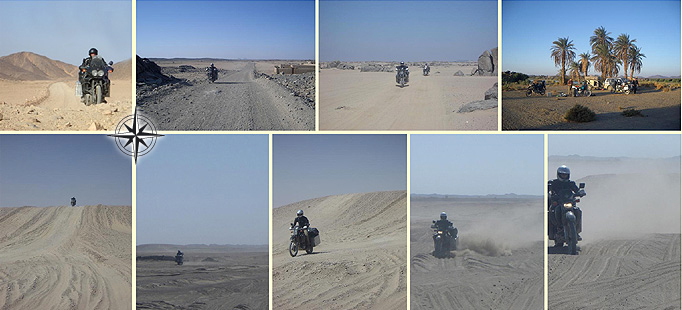 |
||
___________________________________________________________________________________________________________________________________
2. report: Cairo-Ethiopic Boarder. 21.10-05.11.2005 | Wolfgang Niescher
| www.globebiker.com–––––––––_____-–>>
see 3. report
___________________________________________________________________________________________<<
back to africapage

